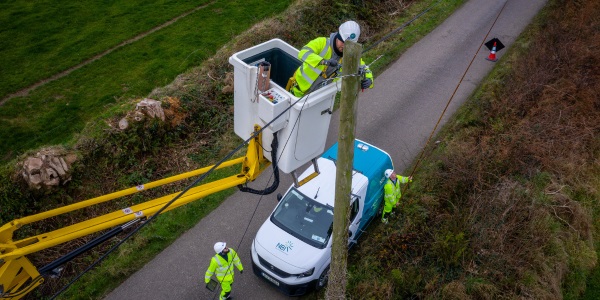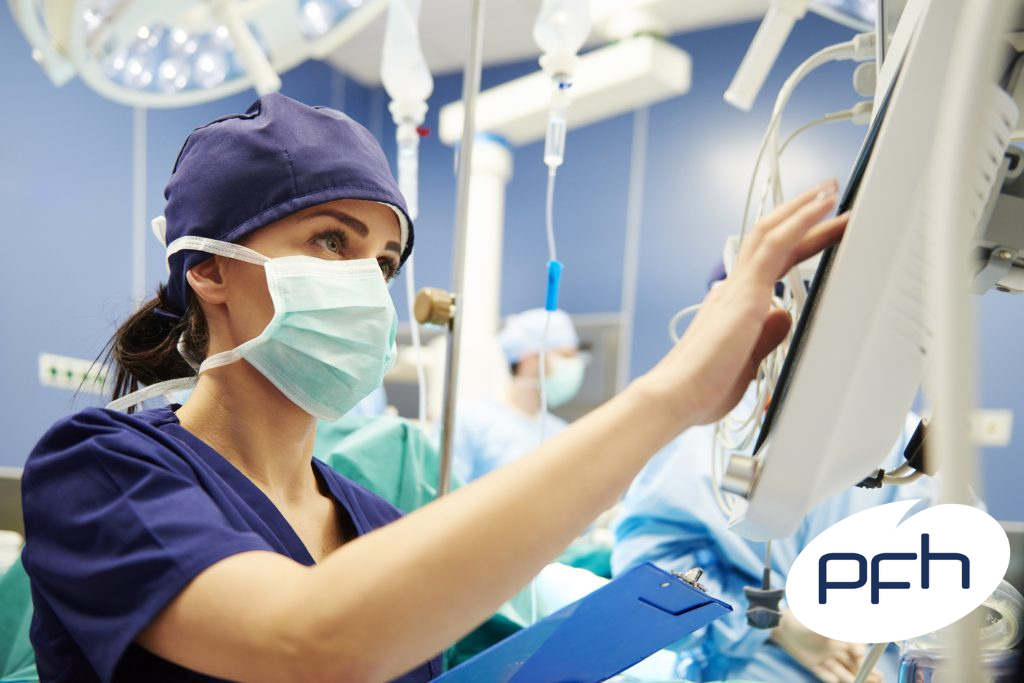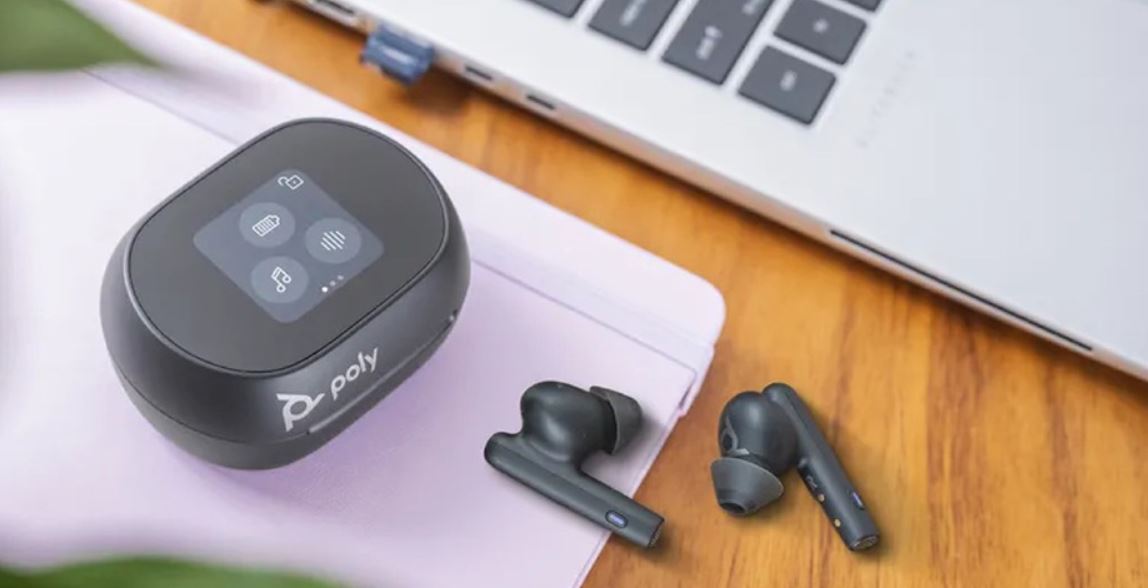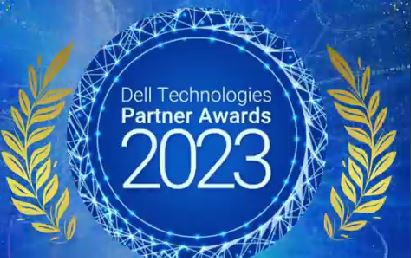PFH's Gender Pay Gap Report 2023 demonstrates full commitment to both equal pay for men and women and closing the gender pay gap.


PFH and Amazon Web Services (AWS) are pleased to have enabled National Broadband Ireland (NBI) to bring high-speed internet to 1.1 million people within 9 months.


Microsoft has designed Surface devices to minimise the risk of threats against firmware, operating systems, and cloud applications. With Zero Trust built in from the ground up, this means security and IT decision-makers can feel confident investing resources in strategies...

PERFECT CALLS, NOW PORTABLE THESE LONG-RANGE WIRELESS DECT™ HEADSETS OFFER CRYSTAL-CLEAR CALLING FOR HOME OR OFFICE.

For the third consecutive year and the fourth time in five years, PFH Technology Group are proud to be the recipients of the prestigious and highly sought-after Partner of the Year 2023 award at the recent Dell Technologies Irish Partner...

The merger of HP and Poly brings together two leaders to create an ecosystem of solutions that simplify IT support for hybrid work environments. Together, our unique combination of innovation and ease-of-use will provide the foundation of successful hybrid work...

Ricoh Europe, London, 01 June 2023


Tune into a world full of sound and free of noise with the Voyager free 60 UC earbuds. Whether you're on a video call or into your playlists these wireless earbuds are designed to keep you productive connected and entertained....